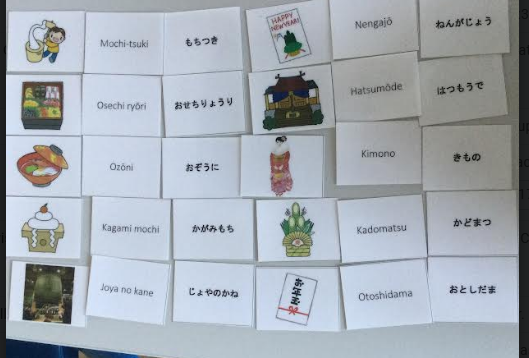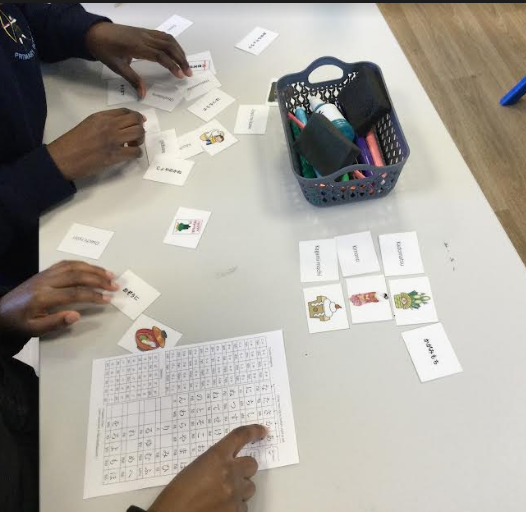Term 4 2022 - Languages
- MrP
- Mar 20, 2022
- 2 min read
Year 3
Every February in Nice, a different king comes to town to celebrate the carnival and participate in the parade on his own special float. A riot of colour, more than one thousand musicians and dancers from around the world participate in this fantastic celebration to chase off the gloom of winter and bid a welcome back the spring. Year 3 have been learning about the Carnival and have designed masks to reflect the culture of this special, traditional French event. The use of colour reflects the mood of the animals that the children have selected. Can you have a guess which animals the children were representing?




Year 4
Year 4 have been focusing on building on from their learning in Year 3, looking at the grammatical components of the language in their learning theme ‘The Family’. They have been learning how to identify the nouns within their learning topic. The children have been using Language Angels resources to embed their learning using songs, games, listening and speaking activities to perfect their pronunciation.
Year 5
Year 5 have been focusing on building on from their previous knowledge of single words to building sentences. Here are examples of the children creating sentences. The children have continued to progress in their learning this term by beginning with filling in the missing gaps within sentences and working towards crafting their own sentences that have grammatical accuracy. The Year 5 children are becoming more observant of their errors and are modelling how to correct them. Great work Year 5!


Year 6
In Year 6, we are very lucky to have Japanese lessons taught through our Outreach programme from Dartford Grammar and Simpson Sensei and these provide fun and exciting lessons.
This term the children have been learning about festivals in Japan, including how they celebrate New Year and the festival of Setsubun. Each session begins with a greeting spoken in Japanese and bowing to the Sensei. During the sessions the children experience reading, speaking and writing in Japanese.


There are three types of script in Japanese: Kanji which are Chinese ideographic symbols; Hiragana which is used to represent Japanese words and Katakana which is used to represent foreign words. The children learn the formation of the letters and then attempt to write for themselves. They feel a real sense of achievement when they have written in Japanese.

We always look forward to our sessions and often make things that are related to the Japanese festivals. In this session the children made ‘Oni’ masks similar to what children in Japan would have for the festival of Setsubun.


At the end of each session the children say goodbye greeting to the Sensei. ‘Sayonara’



Comments